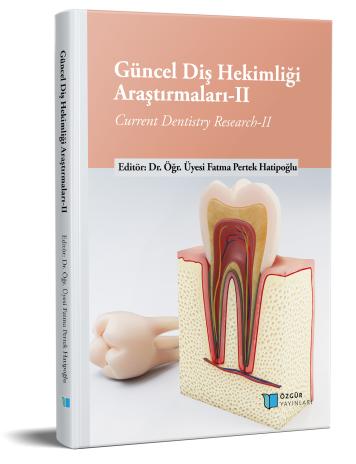
Tongue Diseases and Treatment Approaches
Chapter from the book:
Pertek Hatipoğlu,
F.
(ed.)
2023.
Current Dentistry Research- II.
Synopsis
The tongue, which is the taste organ, helps functions such as chewing, speaking and swallowing. The tongue consists of extrinsic and intrinsic muscles. These muscles give shape to the tongue and change its position. Taste papillae are located on the dorsal surface of the tongue. Clinicians should know the anatomy of the tongue well so that they can distinguish between diseased and healthy tongues. Language can often provide clinical clues to systemic diseases. On the other hand, patients' language can be seen easily and they can notice the differences in language and apply to clinics. Diagnosis of tongue disorders requires a thorough history taking, including the time of onset of the lesion, previous symptoms, and tobacco and alcohol use habits. Dentists should attach importance to physical examination for the diagnosis of tongue and oral mucosal diseases.

